News
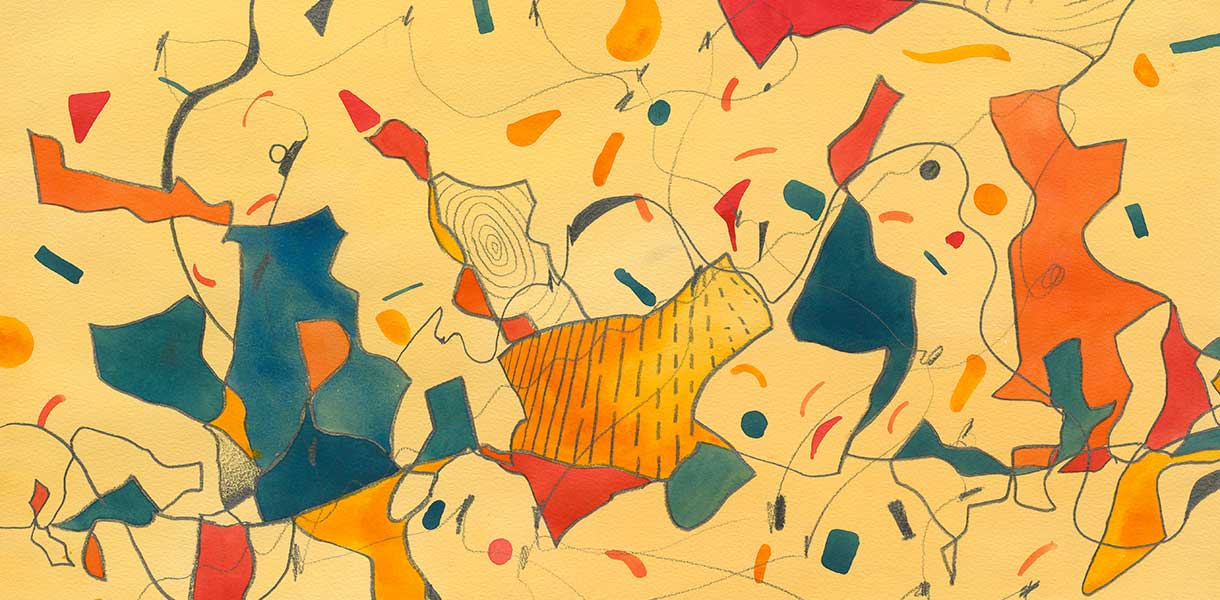
Mar.04.2025
Encountering Jo Hsieh – In 2025, we invite you to join us in bringing art to institutions.
The year 2025 marks the inaugural year of the Encountering Jo Hsieh series of events. The foundation hopes to collaborate with various institutions to share Jo Hsieh’s artistic journey of transformation, allowing her paintings to serve as windows through which each viewer can rediscover the purity and kindness within their hearts.
We invite you to join us in bringing Jo Hsieh’s art to institutions, expanding its reach to more places. The foundation will provide high-quality reproductions of her original works free of charge. However, the production cost of each reproduction amounts to NT$15,000. If you would like to support the creation of these reproductions, your name will be inscribed on the artwork as a symbol of the shared resonance felt in that moment.
Together, let us illuminate more hearts with the brilliance of art.
❤ Donation Information
CTBC Bank, Danfeng Branch (822)
Account Number: 761-540224180
Account Name: Jo Hsieh Arts Foundation
Donation Service Hotline: 0905-161-960
Contact Person: Ms. Hsieh
E-mail: johsiehfoundation@gmail.com
Contact Address: 5F, No. 2, Fengshan St., Xinzhuang Dist., New Taipei City 242261, Taiwan
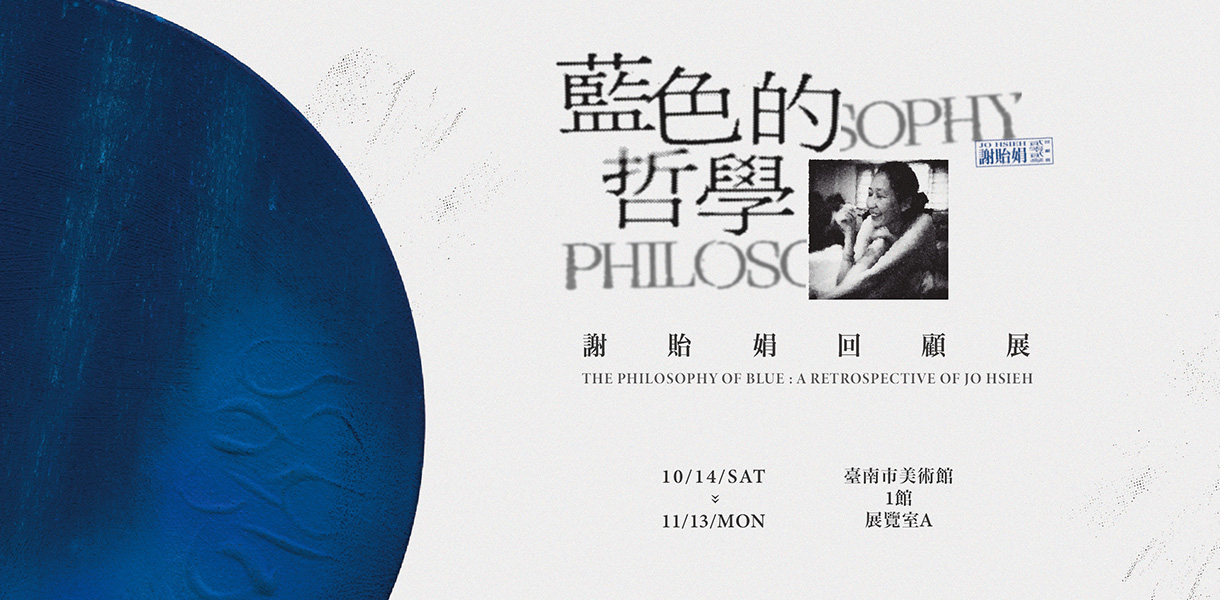
01
A Philosophy of Blue: A Retrospective of Jo Hsieh|Exhibition Record
Mar.07.2024
A Philosophy of Blue: A Retrospective of Jo Hsieh|Exhibition Record
Exhibition Photo Record
Exhibition Hall
Opening Preparations
Opening Speech
Ribbon-Cutting Ceremony
Professor Chen Kuan-Yi's Tour

02
A Philosophy of Blue: A Retrospective of Jo Hsieh|2023/10/14-2023/11/13
Sep.21.2023
A Philosophy of Blue: A Retrospective of Jo Hsieh|2023/10/14-2023/11/13
Location|Tainan Art Museum Building 1, Gallery A
Address|No. 37, Nanmen Road, Central West District, Tainan City
OP Hours|Tuesdays to Sundays 10:00 AM - 6:00 PM / Open until 9:00 PM on Saturdays / Closed on Mondays
Curator |Professor Kuang-Yi Chen
SEMINAR
2023.10.14日(SAT) 13:00-14:30|Tainan Art Museum Building 1 導覽室
OPENING
2023.10.14日(SAT) 15:00|Tainan Art Museum Building 1, Gallery A+Workshop Room
The Philosophy of Blue – 2023 Jo Hsieh Retrospective Solo Exhibition
By Chen, Kuang-Yi, Professor in the Department of Fine Arts at National Taiwan University of Arts
After the death of the Taiwanese-born, British-residing artist Jo Hsieh, her family set up the Jo Hsieh Arts Foundation to preserve and advocate for her art and literary works. The foundation’s first exhibition will be held at the Tainan Art Museum this year (2023) — and this will also be the first time her works are exhibited at an art museum. The exhibition features two of Hsieh’s art series: the Blue Powder Pigment Painting series she is known for, and the lesser-known and under-studied Self-Portrait series.
Starting in 1997, Hsieh devoted 20 years of her less than 30-year career as an artist to the study of blue. A sketchbook Hsieh left contains much of her research into the color blue. Of course, such research can be conducted with any color, but she always stressed how unique the color blue was to her: “I have a strong personal preference towards blue. I can feel that it speaks to me and is mysterious, incredible, see-through yet distant..." Hsieh also referred to blue as the color of philosophy and even considered blue as the fundamental color in her thought process. Such an understanding of and preference for blue is what compelled her to create monochrome blue paintings after she settled in the UK, and this is the Powder Pigment series of her None-Space collection.
Hsieh created this unique style through a complicated process. On a canvas covered in blue acrylic base paint, she would first create subtle, mysteriously supernatural protrusions shaped like Sanskrit or waves. She would then smear a “special pigment mix” containing a variety of blue colorants onto the canvas by hand. These square, rectangular, and circular monochrome shapes with otherworldly summoning power are each as vast as the universe and as small as a ping-pong ball, emitting indescribable lights in spaces where they are hung.
The reason why Hsieh and countless artists from all times and all around the world become so obsessed with blue and using it as the core of their creations, is because this color has a unique position in art history. In ancient times and the Middle Ages, blue was the rarest and most expensive color, and it wasn’t until after the arrival of industrialization that blue became ubiquitous. Hsieh used multiple shades of blue, researching materials to create her signature blue by mixing pigments such as ultramarine blue, Prussian blue, navy blue, and cobalt blue.
Yves Klein (1928-1962), an artist who influenced Hsieh profoundly and the creator of International Klein Blue (IKB), believed that ultramarine blue is the greatest iteration of blue. Klein declared that "blue has no dimension, it is out of dimension…all the colors bring associations of concrete ideas. Whereas the blue recalls at most the sea and the sky, what there is of more abstract in the tangible and visible nature.” Klein’s depiction of blue being without dimension, empty, abstract, and immaterial is very close to Jo Hsieh’s concept of "non-space." Hsieh always believed in the existence of non-space, which she said is "immaterial, just like air" and "has neither beginning nor end." And such a space obviously does not exist in the tangible world; rather, it points to a spiritual place that exists in our soul or imagination.
It is also worth mentioning that both Klein and Hsieh preferred using pure-color pigment to create monochrome paintings. Retaining pigments in their powder state was essential to liberating their paintings. This unique method of creation highlights the purity and the immaterial materiality in painting. Only when material is liberated can one be immersed in the complete, pure, and free "non-space," and blue is the key used to enter this space.
Furthermore, Hsieh manipulated color fields in different shapes and sizes with a mixture of various shades of pigment to create an illusion of light, shadow, and depth. Her skilful manipulation allows blue to fully unleash its power that expands the space endlessly and infiltrates the viewer's sense and consciousness, bringing the peace of mind, vastness, and depth of the spiritual realm — and even the awareness of time and timelessness. So the existence of Hsieh’s "non-space" depends on the viewer’s spirituality and sensibility.
Self-Portrait, one of Hsieh’s lesser-known series, is done in a unique genre of portrait painting that became extremely popular after industrialization in the 19th century. According to Hsieh’s family, she produced her earliest self-portrait in 1992, but it wasn’t until September 15, 1993, that Hsieh started her project of creating one self-portrait a day on A4 paper (30.4 cm x 22.8 cm) until July 19, 1999. The total number of her existing self-portraits, as counted by her family, stands at 1,619 as some went missing.
Hsieh used these works to experiment freely with all kinds of techniques, styles, and mediums, and presented an astonishing diversity in form that covered almost all possibilities in art. Hsieh used a mixture of mediums, such as oil, watercolor, ink, and pencil, and tried all kinds of styles. In addition to regular portrait practices, some of the self-portraits are related to her blue series, some are extremely minimal to nearly nothingness, severely distorted, graffiti-like, and barely recognizable under frenetic and dynamic brushstrokes of abstract expressionism. Others are weird and funny, or rendered in comic-book style with facial expressions containing all kinds of emotions, including happiness, anger, sorrow, and joy. She even produced a series of self-portraits in sculpture form, photographed them, and collaged the photos into a face-like pattern to challenge herself in creating a pareidolia effect.
Along with the faces, the excessive presence of her hands — either resting on her cheeks, holding her forehead, caressing her face, covering her face or mouth, propping up her chin, or holding a cigarette — also plays a specific role in these self-portraits. With the addition of these suggestive gestures, the faces in Hsieh’s self-portraits connect with the viewer through emotions such as annoyance, pain, anxiety, surprise, frustration, and distrust. Hsieh also produced many portraits of herself with her cats.
It is difficult to interpret Hsieh’s self-portraits, but the phenomenon of artists painting a large number of self-portraits is related to “solipsism,” especially works that obviously combine symbolism and expressionism. Self (soi) is undoubtedly an expression of consciousness, which is also the only verifiable existence relative to the external world. The most striking piece in Hsieh’s collection is Self-Portrait 0012, which features a skull on the back that symbolizes death. The self-enquiry into one’s own existence and essence of life prompted her to paint herself on a daily basis. Although she stopped producing these self-portraits in 1999, she still strives to produce a gigantic piece work called Life.
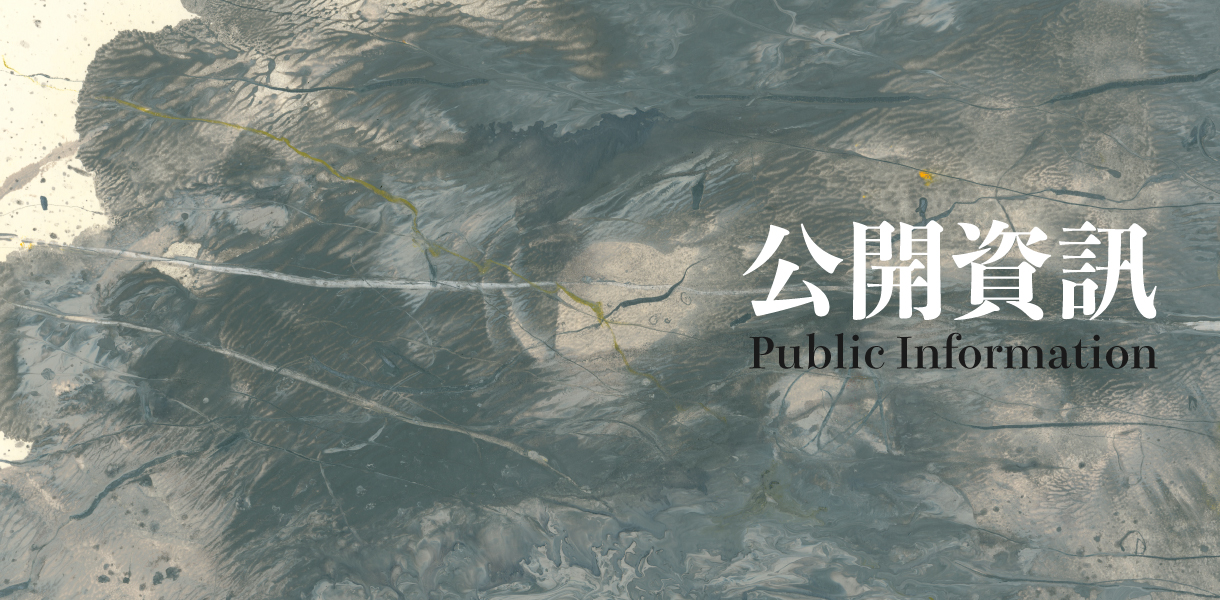
03
The 2022 Annual Work Report and Financial Statements of the Jo Hsieh Arts Foundation have been uploaded to the Administrative section.
May.23.2023
In accordance with Article 25, Section 3 of the Foundation Act, and to enhance public understanding of the Foundation's operations, we are proactively disclosing the documents reviewed by the Ministry of Culture. These documents have been uploaded to the Administrative Sectionunder the Foundation category on our website.
The document can be accessed via the following link:
Jo Hsieh Arts Foundation 2022 Annual Work Report and Financial Statements

04
The 2023 Annual Work Plan and Budget of the Jo Hsieh Arts Foundation have been uploaded to the Administrative Section of the website.
Feb.03.2023
In accordance with Article 25, Section 3 of the Foundation Act, and to enhance public understanding of the Foundation's operations, we are proactively disclosing the documents reviewed by the Ministry of Culture. These documents have been uploaded to the Administrative Sectionunder the Foundation category on our website.
The document can be accessed via the following link:
Jo Hsieh Arts Foundation 2023 Annual Work Plan and Budget
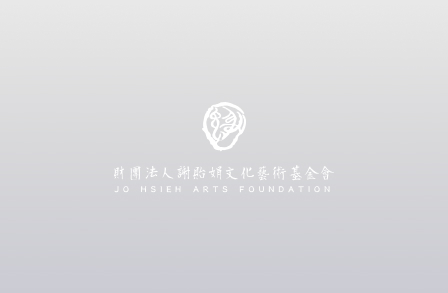
05
Announcement
Jan.16.2023
Announcement
The management contract between the Jo Hsieh Arts Foundation and CHINI Gallery expired on September 20, 2022. The agreement, which governed the sale and licensing of Jo Hsieh’s (JO HSIEH) works, has been terminated. This announcement is made to inform all concerned parties.
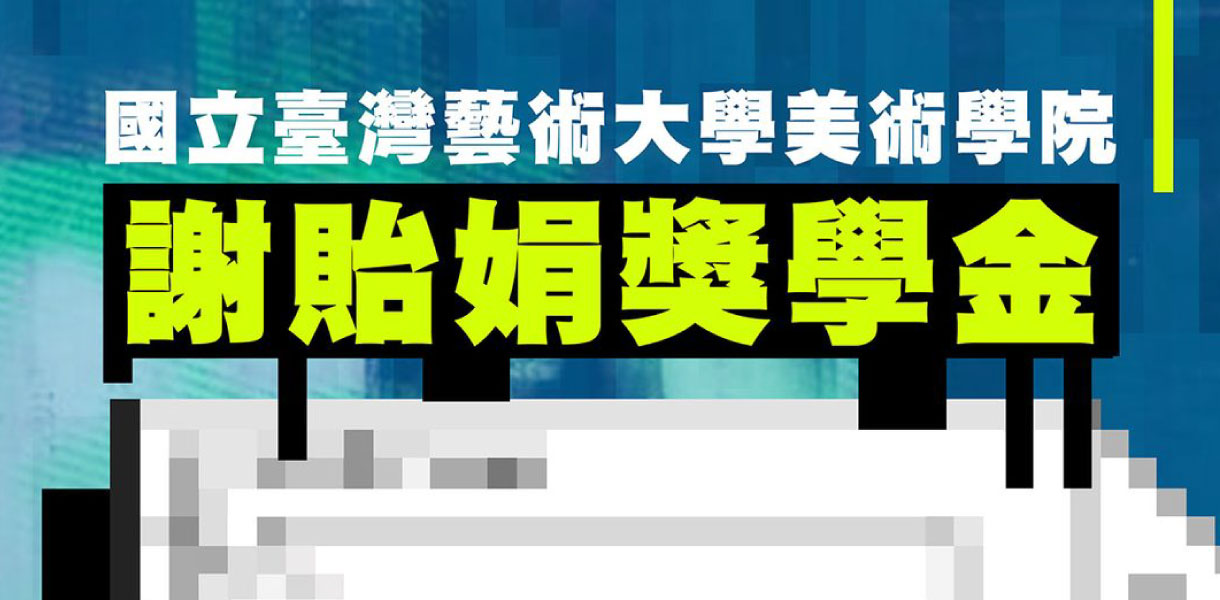
06
The application for the "Jo Hsieh Scholarship" at the College of Fine Arts, National Taiwan University of the Arts, is about to open.
Nov.19.2022
Application for the "Jo Hsieh Scholarship" is About to Open!
Purpose:
The "Jo Hsieh Arts Foundation" established the "Jo Hsieh Scholarship" in 2022 to advance academic research on Taiwanese art history and the artist Jo Hsieh. The scholarship aims to nurture and inspire art researchers with strong academic potential and unique talent.
Eligibility:
Students currently enrolled in various academic programs at the College of Fine Arts, National Taiwan University of the Arts.
Submission Requirements:
Research Paper or Curatorial Project
(a) Research papers on art history, art theory, aesthetics, and art criticism related to Jo Hsieh and her era, social environment, etc. This includes journal articles, theses, conference presentations, or written works, with a total word count of at least 15,000 words.
(b) Alternatively, curatorial projects related to the above topics.
Application Procedure:
Applicants should submit either a "Research Paper Application Form" or a "Curatorial Project Application Form" from July 1 to August 31 of the current year. The application must comply with the regulations outlined in the application guidelines.
Award:
One scholarship will be awarded each year, with a value of NT$100,000.
Download the application form here: https://reurl.cc/pZx4va
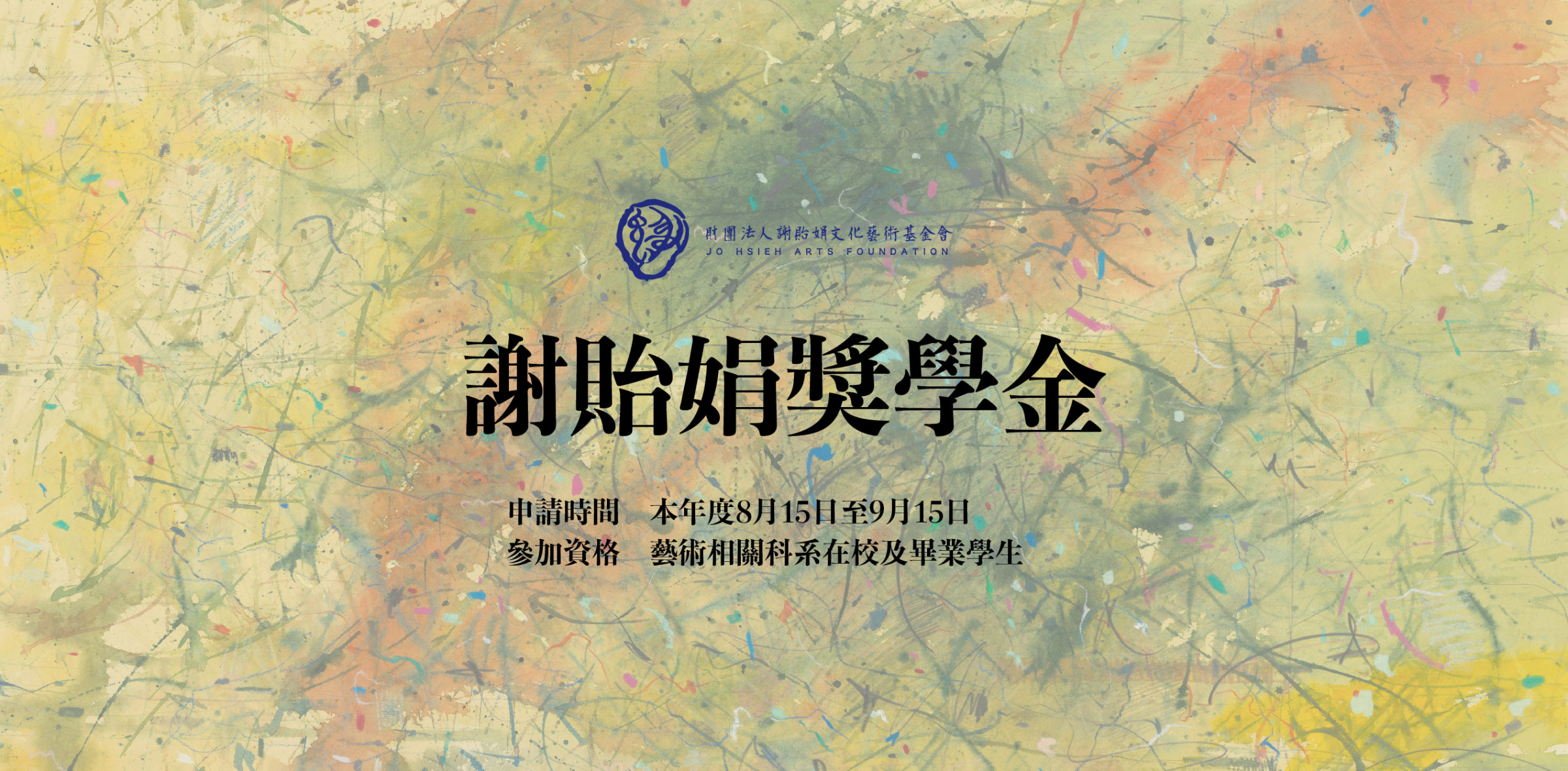
07
[Closed] The 113th "Jo Hsieh Scholarship" application period, from August 15 to September 15, has ended. Thank you to all the students in art-related fields who applied!
Aug.05.2024
The 2024 "Jo Hsieh Scholarship" applications are now open!
I. Origin:
To promote academic research related to Taiwanese art history and the artist Jo Hsieh, the Jo Hsieh Arts Foundation has established the "Jo Hsieh Scholarship" starting in 2024. This scholarship aims to cultivate and inspire art researchers with academic potential and unique qualities.
II. Organizer: Jo Hsieh Arts Foundation.
III. Eligibility: Students currently enrolled in or graduated from art-related programs.
IV. Submission Content:
Research papers related to the artist Jo Hsieh, including topics such as art history, art theory, aesthetics, and art criticism concerning her era and social environment. Submissions can include journal articles, theses, conference presentations, or written papers, with a minimum length of 15,000 words.
V. Application Process:
Applicants should submit the following documents from August 15 to September 15:
A completed "Jo Hsieh Scholarship" research paper application form, including a research plan (3,000-6,000 words).
Submit the materials electronically to contact@johsiehfoundation.com.
VI. Award and Obligations:
Award Amount and Quota: One scholarship of NT$100,000 will be awarded for the year. The awarded amount will be subject to a 10% income tax as per Taiwanese law.
Review and Announcement: A professional review panel organized by the Foundation will conduct the evaluation. Award winners will be notified by December of the same year. If no suitable candidate is found, the scholarship will not be awarded.
Obligations: Awardees must submit two printed copies of the paper and one digital copy within two years, acknowledging "Supported by Jo Hsieh Arts Foundation" in the paper’s acknowledgment section.
Non-Completion: If the paper is not completed within two years, a progress report must be submitted, with a possible six-month extension. Failure to submit the final paper after the extension may result in revocation of the scholarship and repayment of the awarded funds.
VII. Rules:
Applicants must ensure that their work is original and will not result in any legal issues for the Foundation. Violations of copyright laws or academic ethics (as referenced in the Ministry of Education letter No. 1060059470) may result in the revocation of the scholarship and repayment of awarded funds, with applicants bearing all related legal and compensation responsibilities.
By entering, participants grant the Foundation a non-exclusive, free license to use their work for publication, teaching, research, and promotional activities.
Participants agree to abide by these regulations. Any unresolved issues will be addressed by the Foundation, which reserves the right to amend or adjust the rules and activities as necessary.
VIII. Contact Information:
For any inquiries, please contact the Foundation at: contact@johsiehfoundation.com
For detailed application forms and information, please visit https://reurl.cc/VzVV2b
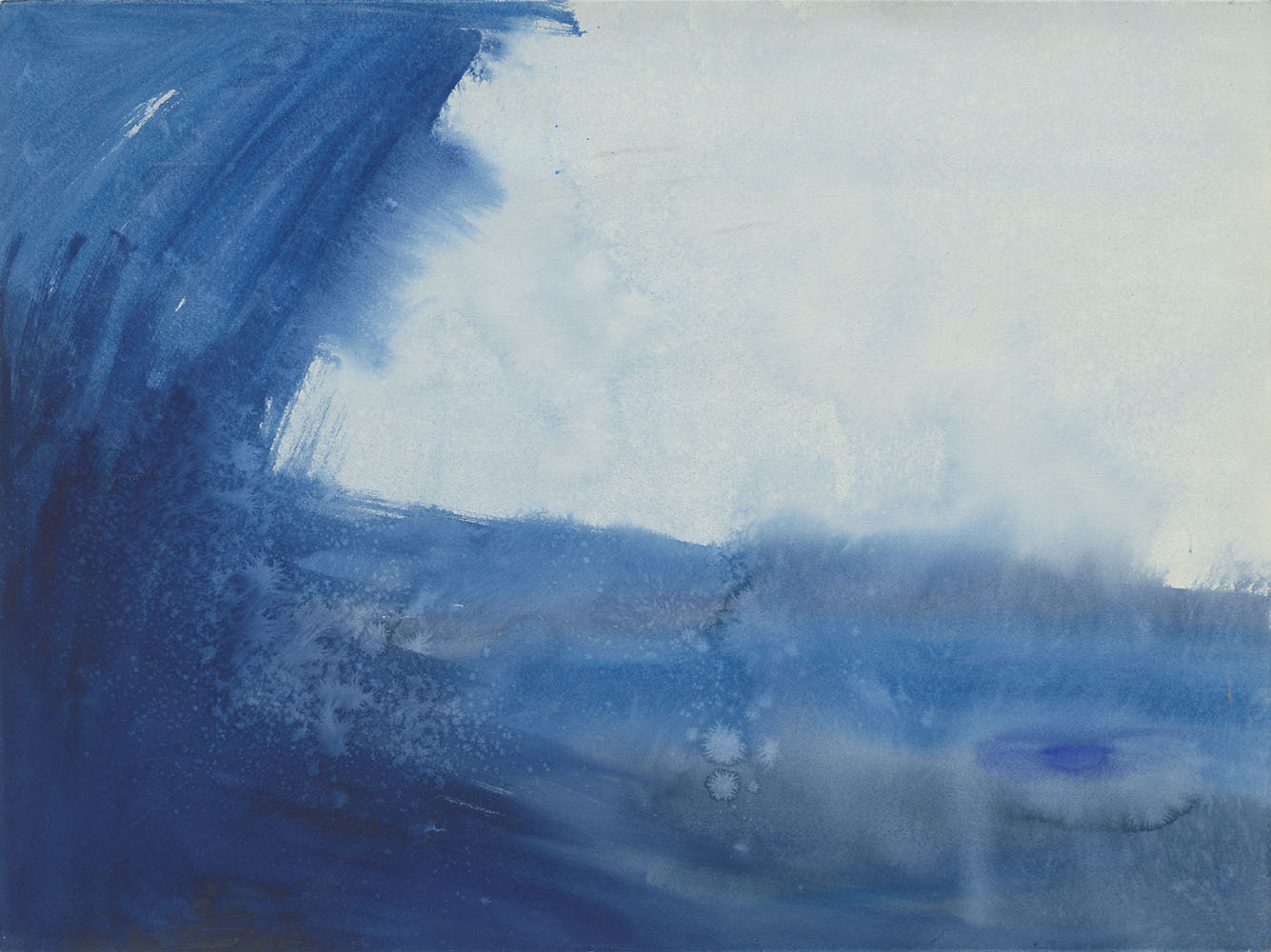
08
【Update】Adding more artworks to our website.
Oct.07.2022
After the website launch, the various categories in the portfolio are gradually being updated with artworks.
There are many previously less-exposed pieces, and we hope both new and old friends of Jo will enjoy exploring her diverse styles.
Explore Here
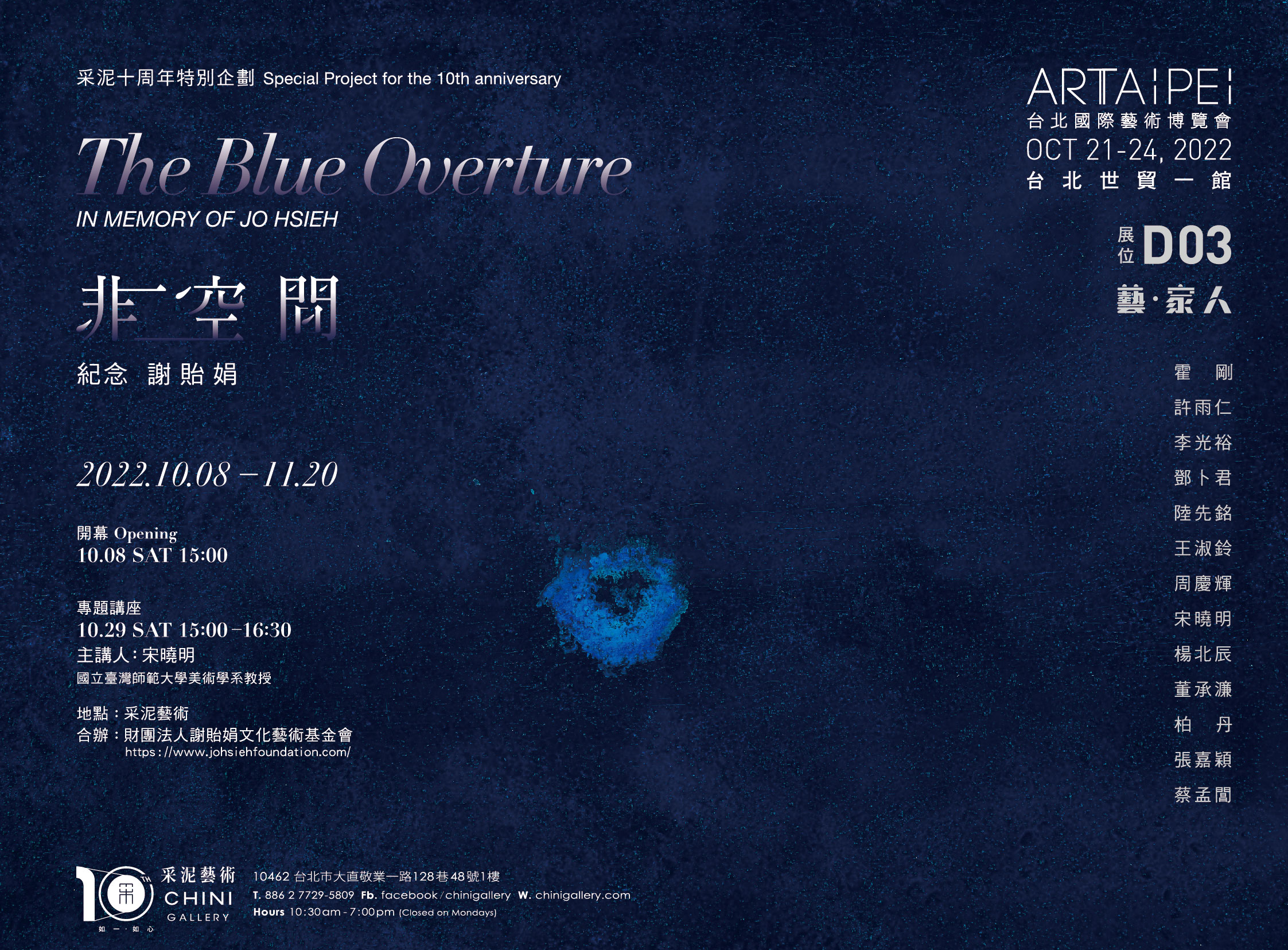
09
Commemorative Exhibition of Jo Hsieh【The Blue Overture】|2022.10.08-11.19
Oct.03.2022
Chini Gallery x Jo Hsieh Arts Foundation|Commemorative Exhibition of Jo Hsieh
【The Blue Overture】
TIME |2022.10.08-11.19
LOCATION|Chini Gallery|1F, No.48, Ln.128, Jingye 1st Rd., Zhongshan Dist., Taipei City
OPENING |2022.10.08 SAT 15:00|Opening speech by Kuang-Yi CHEN
SEMINAR |2022.10.29 SAT 15:00-18:30|By Sheau Ming Song

10
The Annual Work Report and Financial Statements for the 2021 Fiscal Year of the Jo Hsieh Arts Foundation have been uploaded to the administrative section.
Jul.14.2022
In accordance with the regulations of the Foundation Law, and to ensure transparency in the operations of the Foundation, we proactively disclose the relevant documents that have been filed with the Ministry of Culture. These documents have been uploaded to the administrative sectionunder theFoundation categoryon our website.
Document URL:
Jo Hsieh Arts Foundation Annual Work Report and Financial Statements for the 2021 Fiscal Year

